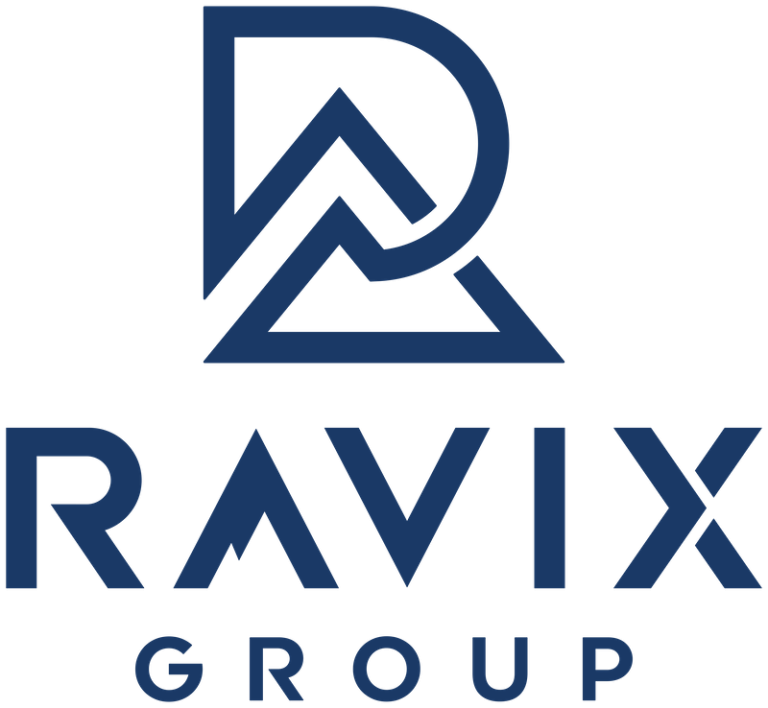Startup founder Jake Savvy returned from a board meeting excited and anxious; he’s about to prepare for a fundraiser as his runway may not last another year, and his growth is causing more burn. As he drives home, he thinks about his fundraising checklist: pitch deck? Check. List of investors? Check. Email blast to said investors? Check.
And maybe in 2021, that worked for Jake. However, today, the investing climate has changed drastically, and investors are doing more due diligence than ever. Now is the time to determine if your product market fit meets the investment criteria of 2024’s fundraising freeze. The times may have changed, but customers are always the same – they either like your product or don’t. The great news is that startups have more metrics, tools, and analytics than ever to determine if they have product-market fit and sell that story to investors, so they’re not only writing you a check, but finding follow-on funding.
First off, what is product market fit? It’s as elusive as the zone of insolvency, a 2024 IPO, and an actual Unicorn. You really only know you have it when you have too many customers than you know what to do with. So, how do you prove something as elusive as a Yeti (I mean an abdominal snowman, not the mug)?
Reevaluate Your Total Addressable Market (TAM): You might have crunched these numbers at your launch, but it’s time to do it again. Markets evolve, and so do customer needs. If your product isn’t gaining traction, it might not be the market’s fault – it might be a mismatch. This is the startup’s opportunity to narrow focus and find the low-hanging fruit in their offerings. This is also an opportunity to find other markets that share your ICP’s crisis. Who else needs your product? By showing more significant markets, investors see more considerable potential.
If You Don’t Have Customers:
Find your first group of customers: When evaluating your Ideal Customer Profile, how many of those enterprises do you know personally? Can you get a meeting with them tomorrow? Now multiply that number by 20% (the close ratio benchmark), and that’s your potential ARR in the next year. There are always barriers to entry – becoming a vendor in their system, unwillingness to try a startup solution, and inability to enter into an ecosystem. Work on solutions and workarounds.
If You Do Have Customers
Conduct a market penetration reality check: If a startup launches and sees no market penetration, there’s a harsh truth to face. No traction post-launch typically means either your market assessment was off or your product isn’t meeting the needs you thought it did. If you find yourself here, it’s time to consider either a significant pivot or explore M&A options.
Ensure Traction and TAM Alignment: If you have some traction, it’s crucial to analyze how much of your TAM is reflected in your customer base. Dive into your CRM and see how many identified TAM targets engage with your product. More than mere numbers are needed; the quality of these engagements is what truly counts.
Examine Data Sources and Customer Identification: Do your data sources paint the right picture of your customer? How many of your “ideal customer profiles” are in your CRM? Sometimes, startups get so caught up in their vision they forget to listen to the market. Revisit your data sources, conduct fresh market research if necessary, and ensure you’re not operating on outdated or biased information.
Some gut checks that you might have product-market fit:
🔄 High User Retention Rates: Customers not only try the product but continue to use it regularly. High retention rates indicate that the product effectively solves a problem or fulfills a need for its users.
🌱 Organic Growth: The product gains new users without significant marketing effort. Word of mouth, social media mentions, and user referrals suggest that customers find the product valuable enough to recommend it to others.
📈 Increased Customer Demand: The product experiences consistent sales growth, and customers may have increased demands or requests for additional features or services. This shows that the market appreciates and requires what the startup offers. A good indicator is if you’ve made it into your customers’ workflow, you save them time and money.
Positive Feedback: Users provide unsolicited positive feedback, and customer reviews are overwhelmingly favorable. This qualitative data is a strong indicator of user satisfaction and product relevance. A good indicator is that 40% of customers can’t live without it. Check out our blog post on harnessing customer feedback to learn where to begin.
⚙️ Ability to Scale Successfully: The business can increase production or expand its service without a decrease in product quality or customer service. Being able to scale efficiently shows that the operational model is sustainable and can handle growth.
Gut checks you don’t have product market fit:
📉 Low Engagement or High Churn Rates: Users try the product once but do not return to use it again. High churn rates can indicate that the product does not resonate with its target audience or fails to meet their expectations.
📢 Reliance on Heavy Marketing: If continuous heavy marketing efforts and spending are necessary to acquire and retain customers, it might suggest that the product itself isn’t compelling enough to attract users.
🗣️ Lack of Customer Advocacy: Few users recommend the product to others, or there are minimal organic discussions and mentions of the product online. This lack of advocacy suggests that users are not enthusiastic about the product.
❌ Feedback Indicates a Market Mismatch: If feedback from users consistently points towards the product not meeting their needs or if suggestions for improvements diverge from the current product features, this can signal a misalignment with market expectations.
🧗♂️ Difficulty Scaling Operations: Struggling to scale the product or business operations can be a sign that the product-market fit has not been achieved. This may manifest as repeated operational, logistical, or quality control problems as the company tries to grow.
At Ravix Group, we understand startups’ challenges in achieving and sustaining product-market fit. Our experienced startup fractional CFOs are here to guide you through the financial complexities and strategic decision-making necessary to thrive in today’s competitive market. Whether you’re seeking to optimize your financial metrics, need expert advice on cost management, or want to explore funding strategies, Ravix Group is your partner in growth.



